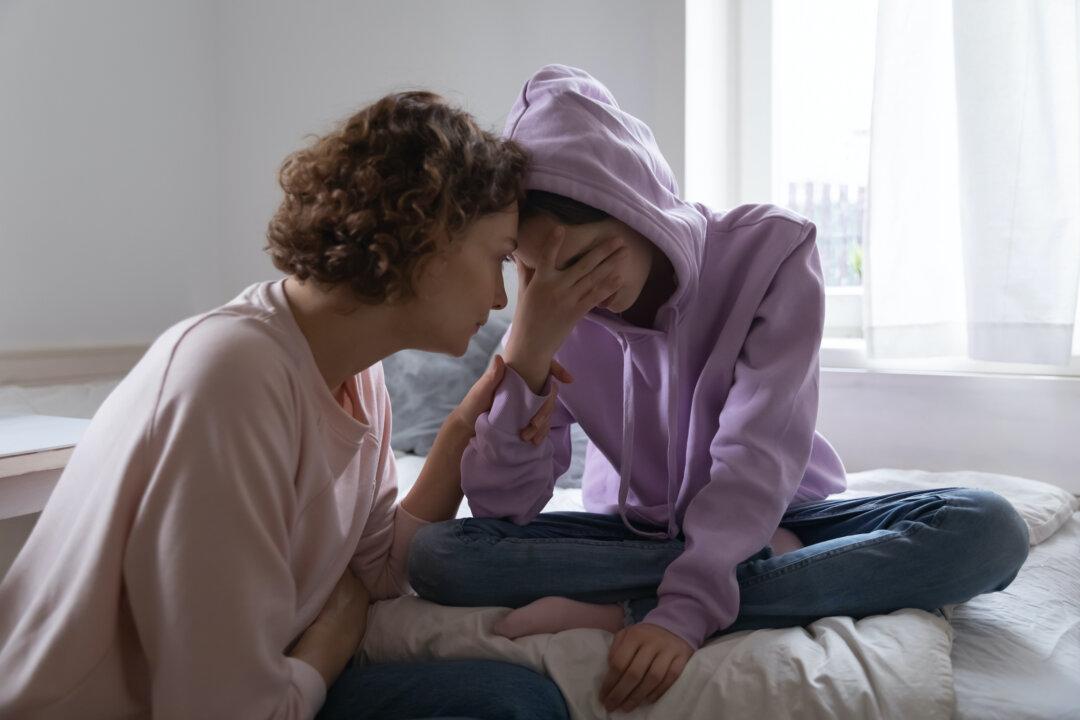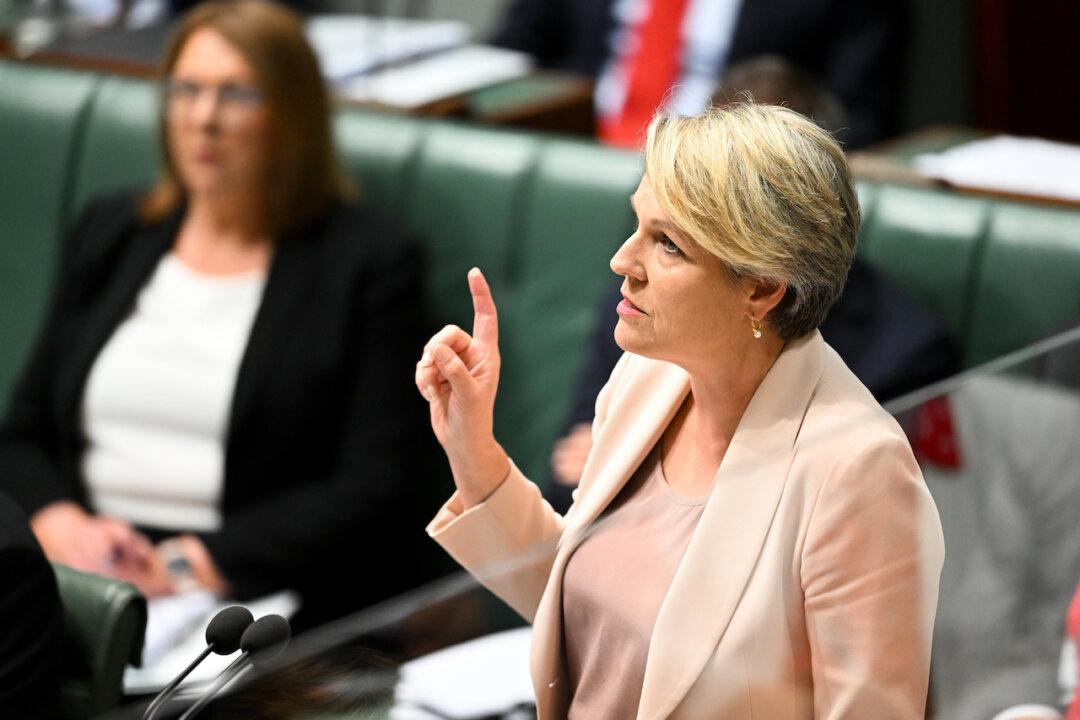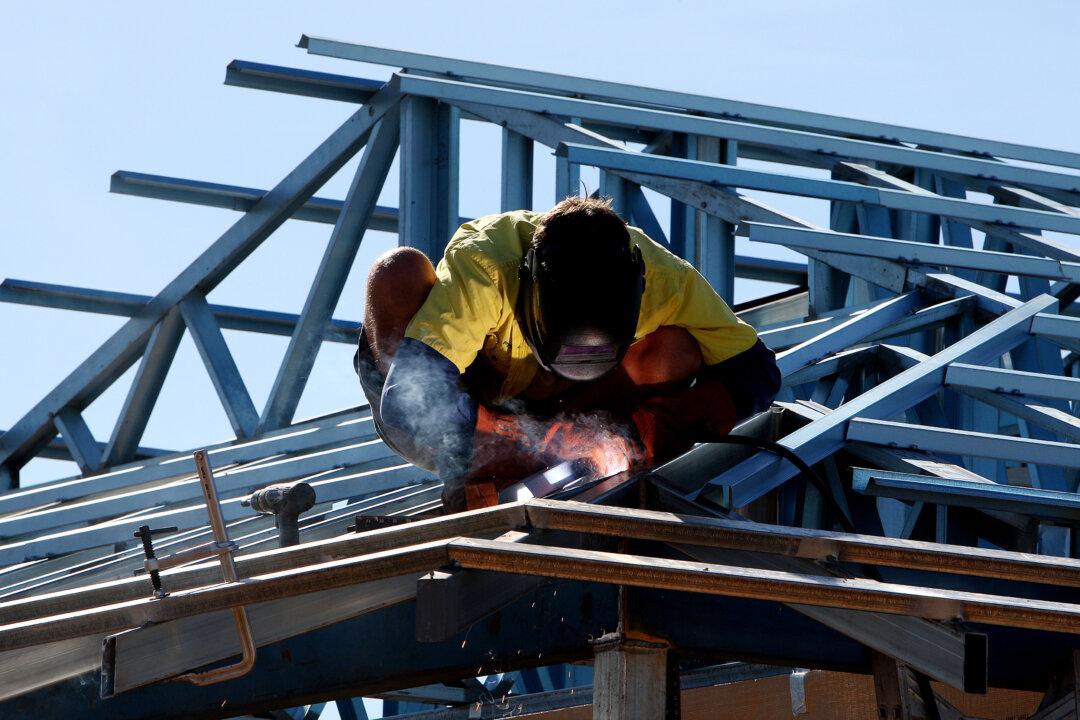The Australian Human Rights Commission’s national children’s commissioner, Anne Hollonds, has called on the federal government to create a minister for children to help fight against problems in the sector of child welfare services.
Speaking to ABC Radio National’s Breakfast programme on Feb. 13, Hollonds said that she believed the reason Australia was struggling to handle issues like youth justice is that there is currently no coordinated effort across the government portfolios.




